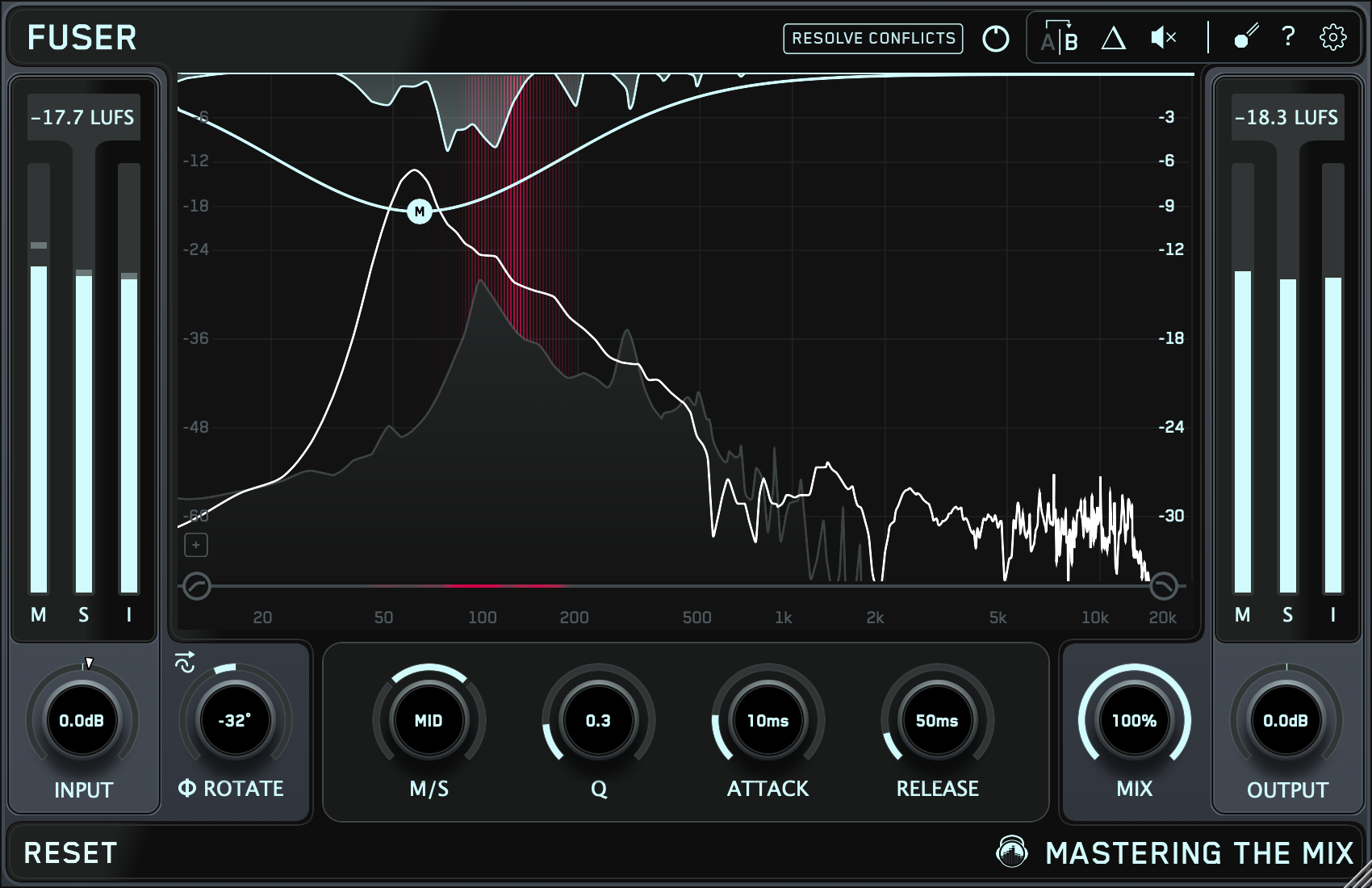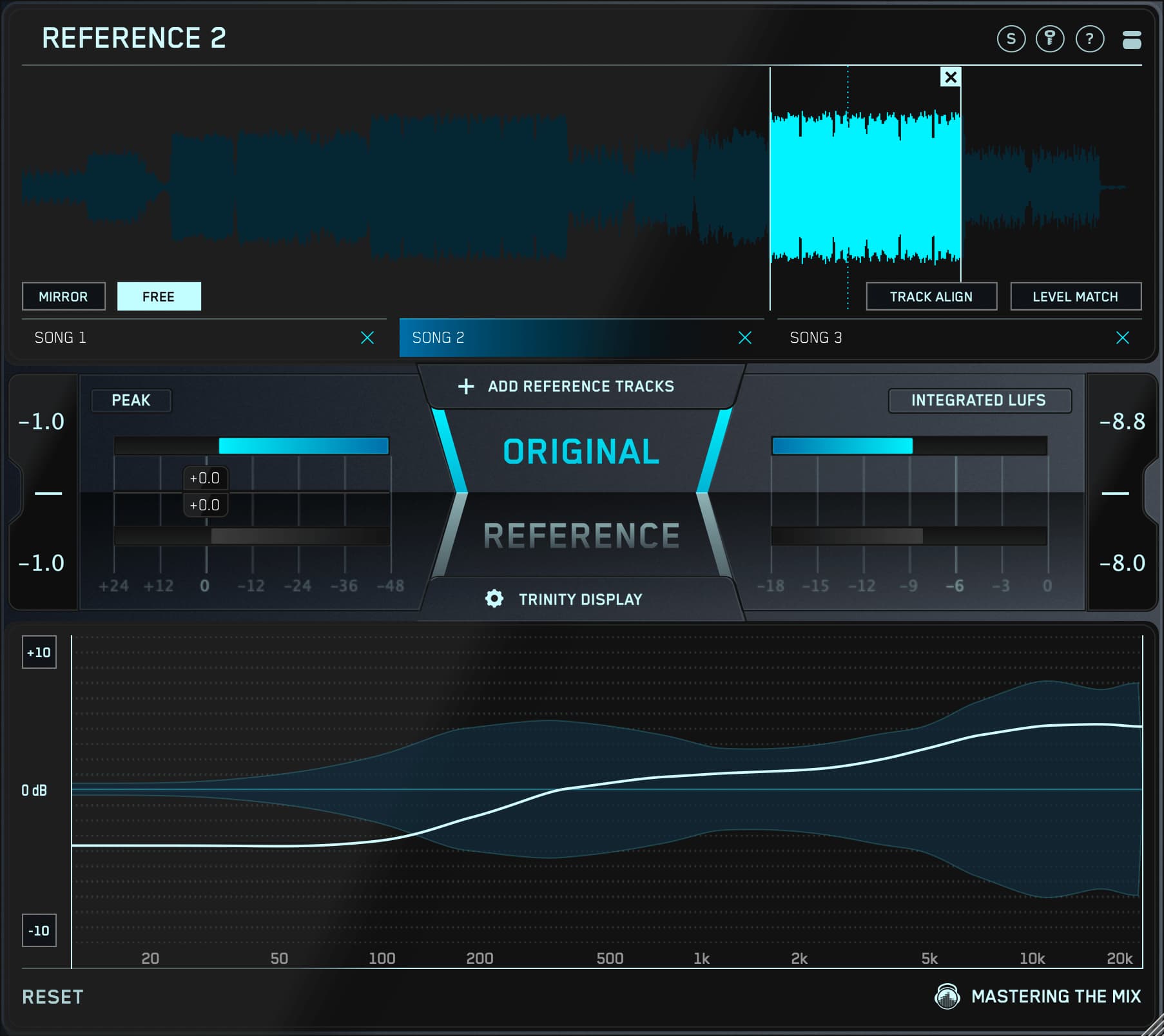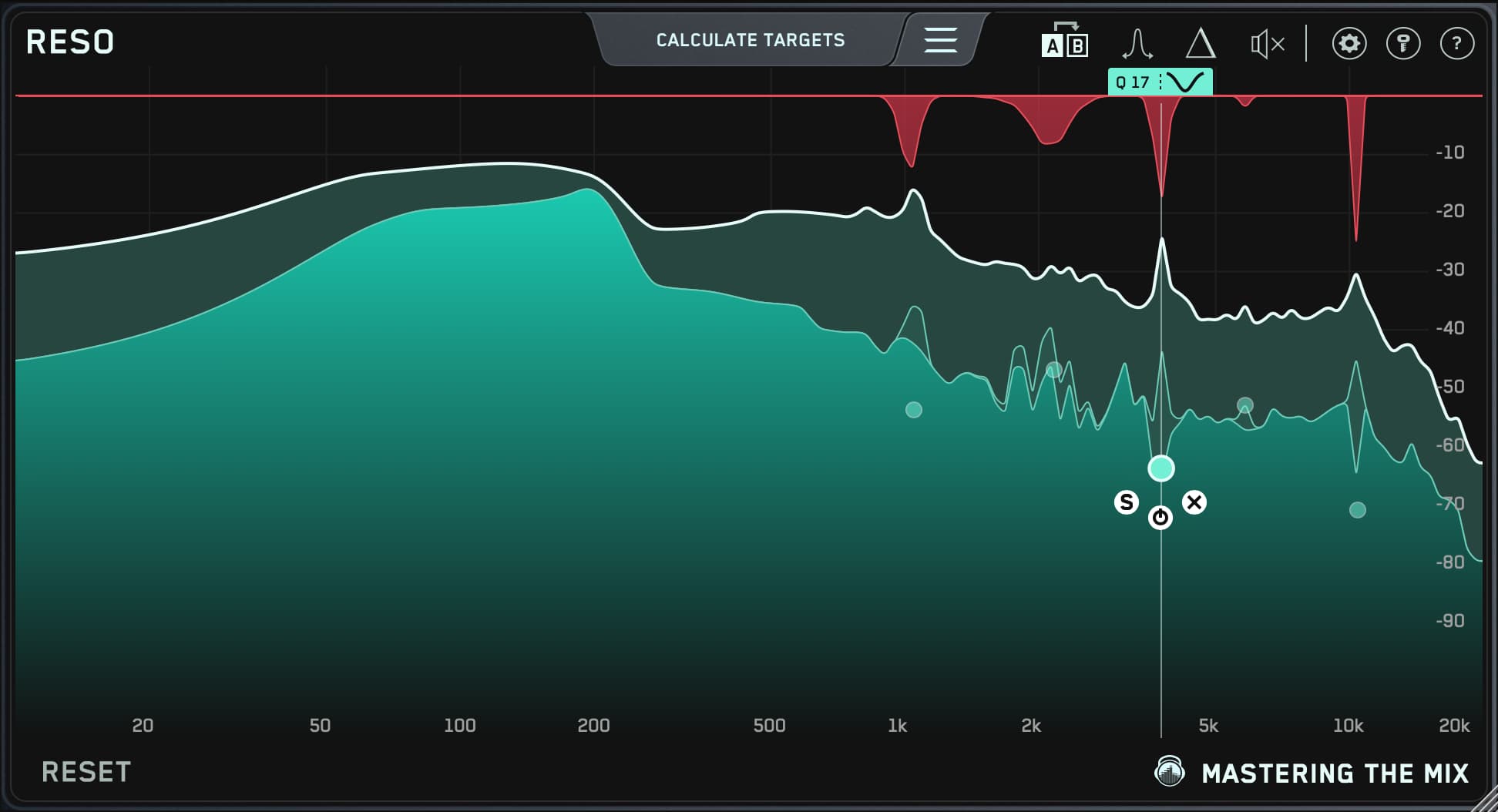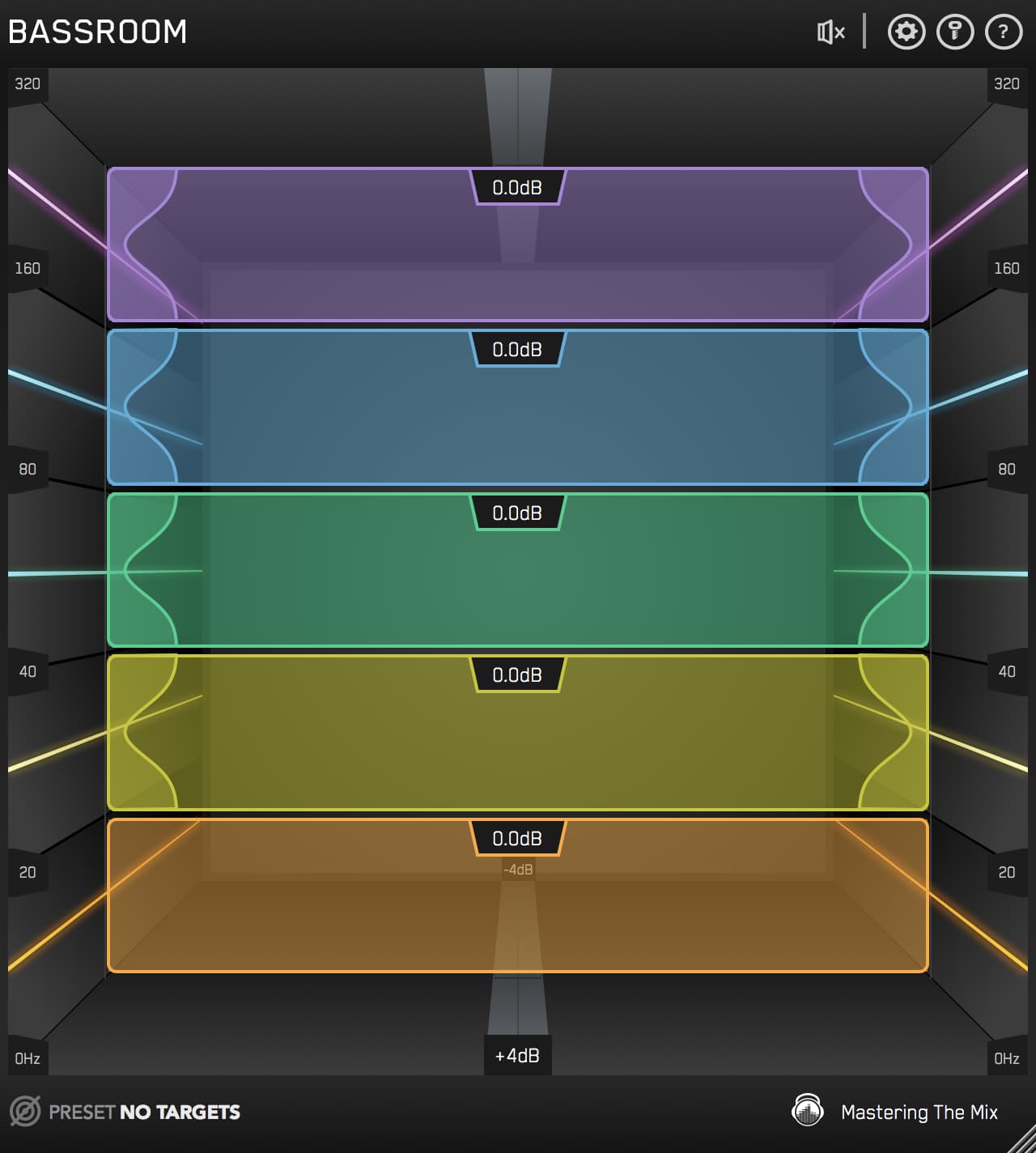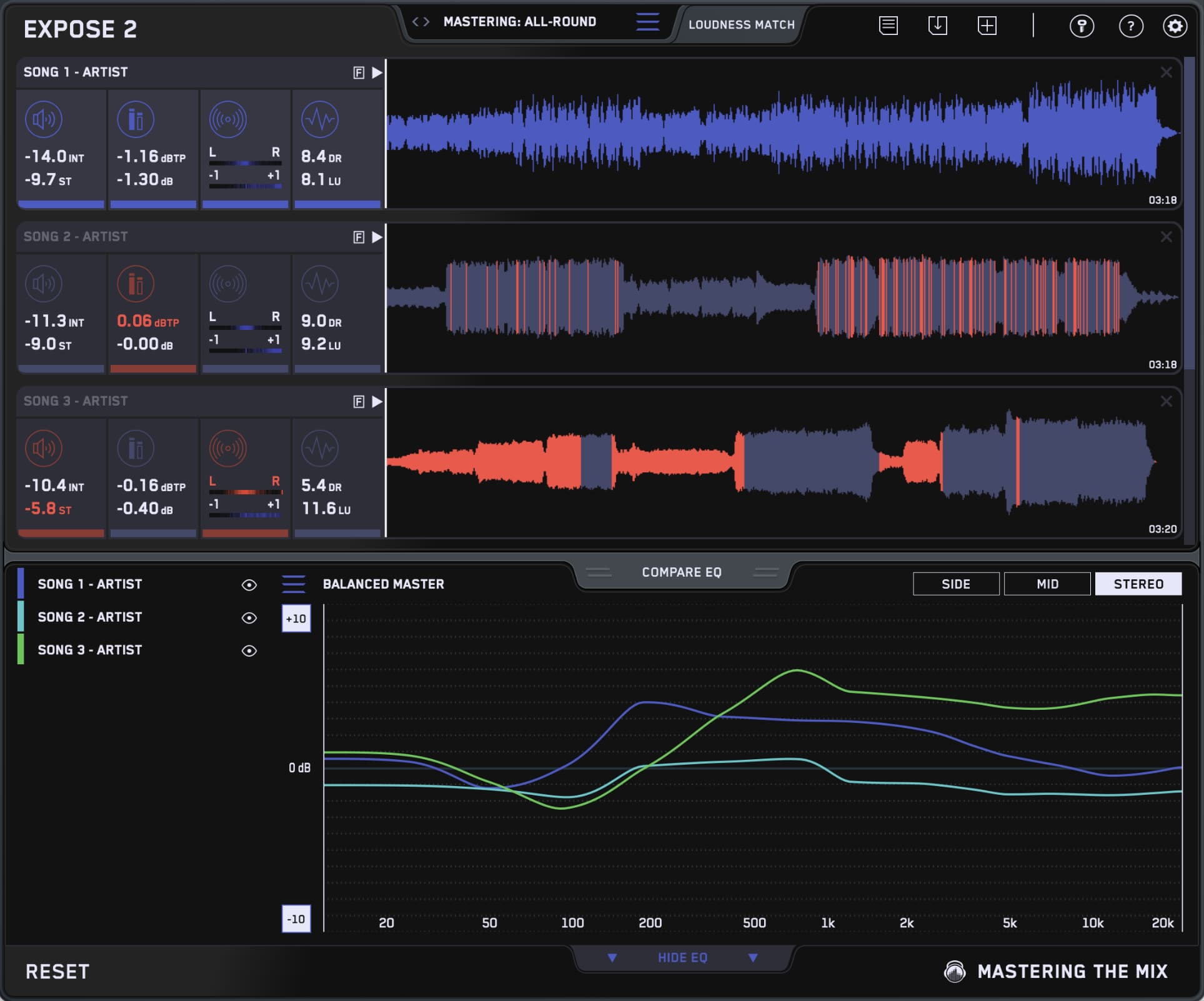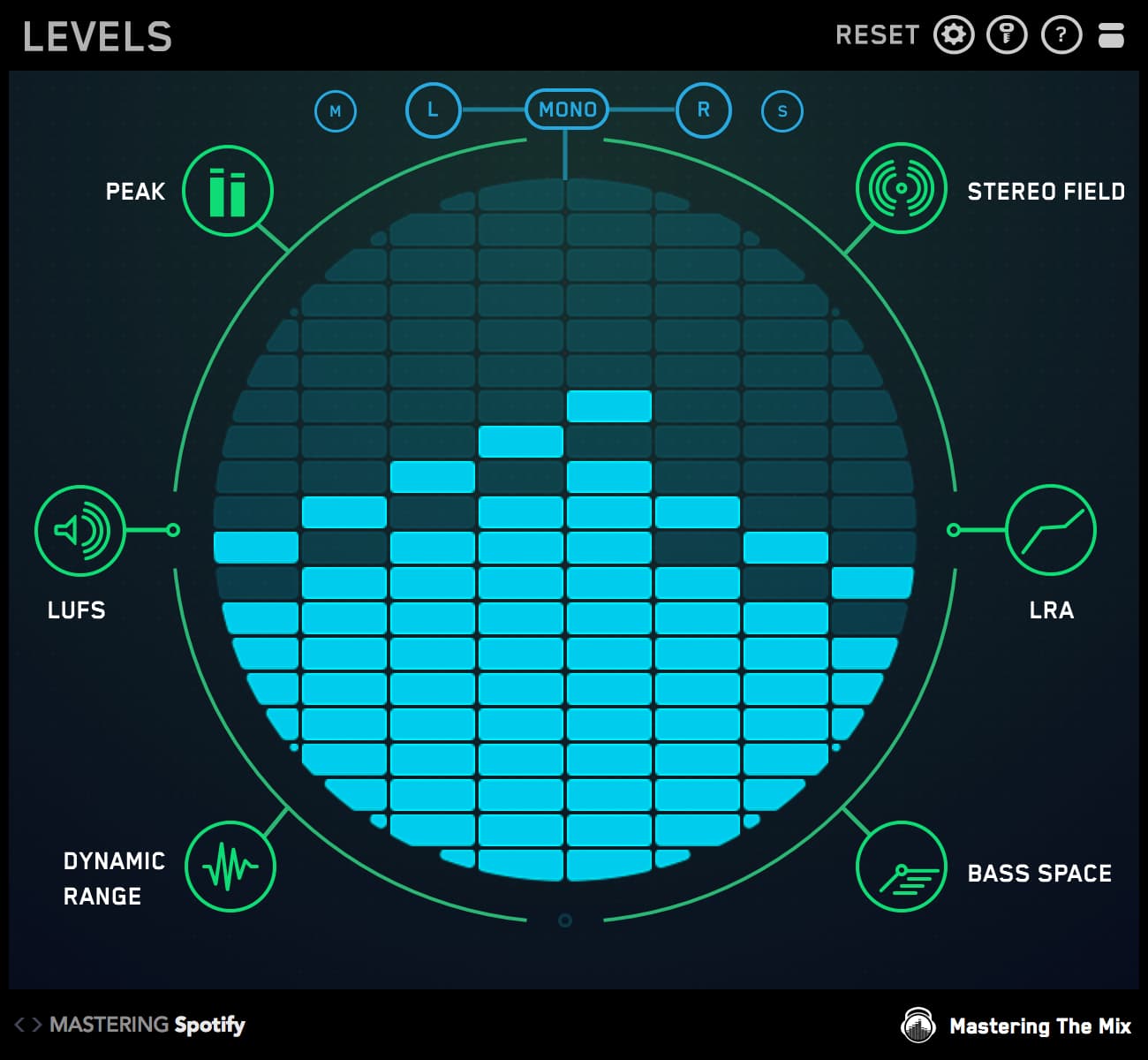One of the core responsibilities of the mastering engineer is to improve the clarity of a mix. While stem mastering offers more control over traditional two-track mastering, it can still be tricky to dial in the right amount of detail when working with different instrument groups.
In this blog, you’ll learn how to create clear, detailed masters with easy-to-use techniques that work in any DAW.

Setting Things Up
Before you can begin the mastering process, you need to break your tracks out into stems. By routing each channel to designated aux busses, you can easily control the balance of your mix and apply signal processing to large groups.
There are no rules to how you group tracks together when creating stems, but the following approach works well whichever genre you’re working in.
Start by routing all of the vocal tracks to a stereo bus. This includes the lead vocal, as well as any doubled tracks, harmonies, ad libs, background vocals and effects. This makes it easy to quickly bring up the level of the vocals in the mix or apply compression for a more consistent sound.
Next, route all of the effects in the song to a stereo bus. This includes sweeps, risers, sub drops, samples and that awesome air horn sound effect that people use in dancehall and hip-hop songs.
Then route the rest of the music to a stereo bus—except for the bass tracks, which you should route to a separate mono bus. This allows you to control the amount of punch in the low-end and process the bass separately from the rest of the tracks in the mix.
Route all of the drums to another stereo bus, and route the kick to a separate mono bus. This makes it easy to adjust the balance between the kick drum and the rest of the drum kit.

Step 1: Create a Strong Foundation
A great mix is a balanced mix. In order to achieve a balanced mix, you need to make sure each element can be heard clearly. However, it can be tough to know when one element is a little too loud.
That’s why it’s important to use reference mixes to make sure you’re on the right track. REFERENCE makes it easy to quickly compare your tracks to professional releases and even gives you detailed insights on how to get closer to the sound of your favorite mixes.
Toggle back and forth between your mix and the reference track and listen closely to the level of each instrument. Adjust the level of each element in your mix so it’s comparable to the level in the reference track. Keep an eye on the Wave Transport for info on frequency balance, as too much of a certain frequency range can make it sound like an instrument is louder than it actually is.

Step 2: Get Each Stem Sounding Great
Once you have a basic balance together, it’s time to focus on making each stem sound its best.
With MIXROOM, you can quickly dial in great-sounding stems with professionally tuned target presets for a wide range of instruments. Select a preset, then press play and MIXROOM will guide you on where to set each band for the perfect EQ curve.
The Vocal Bus preset in MIXROOM is a great starting point for vocals, but for a more targeted sound, you can choose custom settings for rock, pop, rap, R&B and more.
For the music stem, check the Other channel presets for the Dense Music Stem setting, or choose an appropriate instrument-based preset from the Synths, Guitar and Piano tabs.
Under the Drums tab, select one of the performance-centric Full Kit presets for the drum stem, and one of the genre-specific Kick Drum presets on the kick stem.
Finally, for the bass stem, choose from a variety of settings designed for bass guitars, synths, basses and 808s.
Be sure to use the solo button to see how each stem sounds on its own as well as in the context of the mix.

Step 3: Look for Conflicts
After ensuring each stem sounds great on its own, you’ll probably start running into conflicts when playing everything at once.
One of the most common conflicts is masking between instruments. When two or more instruments are playing in the same frequency range, it can make it difficult to hear either of them clearly.
To solve this issue, use the mid/side feature of MIXROOM to help add separation between the two elements. For instance, if you’re having trouble hearing the vocals, use MIXROOM to attenuate the mids of the music stems that conflict with the vocal. This will help your vocal cut through the mix without reducing the stereo presence of the music.

For issues in the low-end, try side-chaining the kick and bass to help the kick drum punch through the mix.
To do this, send the kick to an aux channel. Then add a compressor to the bass channel with the key input set to the aforementioned aux channel.
Use fast attack and release times to duck the bass every time the kick hits, allowing the kick to quickly pop out of the mix.

Step 4: Finishing Touches
After making sure the stems all sound cohesive together, you can focus your attention on the master bus. At this point, your mix should have plenty of clarity, but some careful master bus processing can add the finishing touches.
Insert an instance of MIXROOM and BASSROOM on your master track and choose one of the genre-specific Mix/Master presets to help you make sure your mix meets modern standards. These settings will guide you to tweak your mix to sound like today’s best sounding tracks in the corresponding genre.
With the frequency spectrum fully balanced, it’s time to focus on dynamics. Use a gentle bus compressor with a moderate attack and fast release to glue the stems together. Use a moderate ratio like 2:1 and aim for no more than 3 dB of gain reduction.
Depending on your track, you may also want to add some cherries on top—like subtle saturation, stereo enhancement, or even some gentle reverb to make everything feel like it’s in the same space.

Step 5: Enhancing Loudness
While loudness shouldn’t be your only focus when mastering, it’s certainly an important part of the job.
You don’t need to worry about squeezing every last bit of dynamic range out of a mix to make it sound “competitive,” but limiters can be a great tool for enhancing the perceived loudness of a track, which can make it sound more exciting.
Just be careful—pushing a limiter too hard causes an audible pumping sound, so be sure to use moderate amounts of gain reduction.
Use a loudness meter like LEVELS to measure the LUFS of your mix. Try to aim for a maximum of -9LUFS short-term during the loudest parts of the song. This should help maintain separation between each instrument while glueing the stems together for coherency.

Step 6: Quality Check
Before sending your master out to press a million copies of vinyl, it’s important to check the technical aspects of your mix to make sure there aren’t any technical issues that are reducing the quality of your audio.
Use EXPOSE as your final quality control to make sure there are no problems with your mix. The presets can help you ensure you’ll deliver the best possible listening experience on streaming platforms. This should give you peace of mind that you’ve done everything in your power to preset your music in it’s best possible format to the world.



